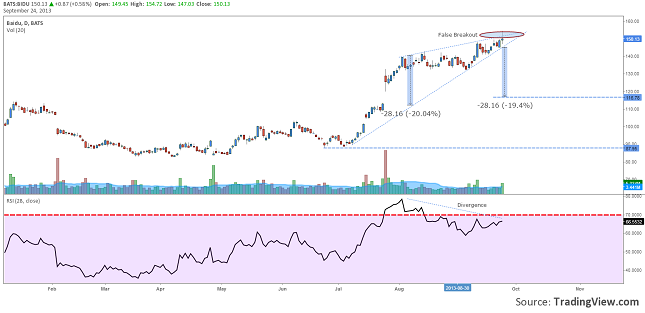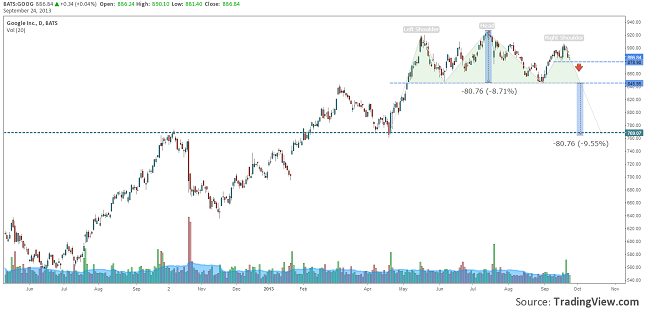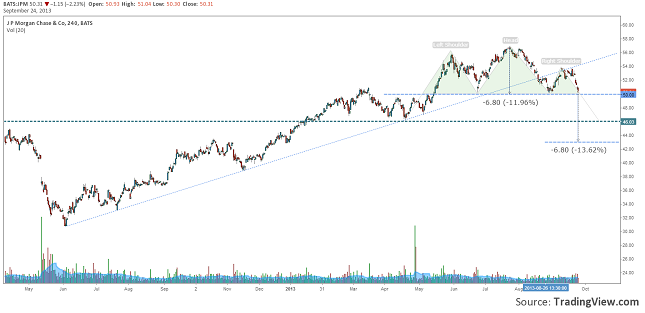By Profit Confidential
 While the media and politicians tell us we’re in an economic recovery…I keep writing about the slowdown we’re heading towards. How can I say that?
While the media and politicians tell us we’re in an economic recovery…I keep writing about the slowdown we’re heading towards. How can I say that?
First, take out the stock buyback programs, and you’ll see that U.S. companies are seeing their earnings and revenues grow this year at their slowest pace since 2009. (More on that in today’s “Michael’s Personal Notes” column below.)
From a boring (but extremely important) economic point of view:
When a country experiences economic growth, industrial production of electricity and gas utilities pick up as factories and consumers use more electricity and other utilities. This is not happening in the U.S. economy. As a matter of fact, industrial production is contracting!
An index tracking industrial production of electric and gas utilities has declined almost eight percent since this past March. It stood at 103.76 then; in August, it stood at 95.62. (Source: Federal Reserve Bank of St. Louis web site, last accessed September 19, 2013.)
But it doesn’t end there.
Another key indicator of economic growth known as “capacity utilization” shows companies in the U.S. economy are operating below their historical norm. In August, the capacity utilization in the U.S. economy was 77.8%, three full percentage points below the historical average from 1972 to 2012. (Source: Federal Reserve, September 16, 2013.)
And we are seeing layoffs and discharges in the manufacturing sector accelerate in the U.S. economy. In March, there were 83,000 layoffs and discharges in manufacturing. In August, that number rose to 91,000—an increase of almost 10%. (Source: Federal Reserve Bank of St. Louis web site, last accessed September 19, 2013.)
When we look at the underemployment rate in the U.S. (that includes people who have given up looking for work and those who have part-time work but want full-time work), it’s been stubbornly around the 14% mark since 2009!
The fact that money printing in the U.S. economy has gone on for so long now is masking the real health of the economy. The U.S. economy is so weak, the Federal Reserve couldn’t even pull off a minor pullback of its $85.0 billion a month in new paper money printing last week!
I stay pessimistic on the economy. Take the stock market out of the equation (after all, only a very small portion of the U.S. population actually owns stocks) and the economic picture is not pretty! We have the Federal Reserve essentially printing money since 2008 to “help” the economy, but those trillions of dollars in new money have benefited the stock market and big banks the most.
Key economic indicators are issuing warnings of trouble ahead for the U.S. economy—warnings smart investors shouldn’t discount.
Michael’s Personal Notes:
The chart below of the Dow Jones Industrial Average depicts the precise moment when the Federal Reserve made its announcement last Wednesday that it was not planning to taper its quantitative easing at this time.

Chart courtesy of www.StockCharts.com
This is really troublesome. Key stock indices have become addicted to easy money and any news about more money printing just drives the market higher. This pattern has been going on since the Federal Reserve first promised it would rev up its printing presses back in 2008.
Unfortunately, as this continues, the fundamentals that are supposed to actually drive key stock indices higher—corporate earnings—are under major pressure. We have been seeing companies in key stock indices playing “tricks” to increase their corporate earnings per share (such as buying back their own stock), but these antics can’t go on forever.
Software giant Microsoft Corporation (NASDAQ/MSFT) has announced the company’s board of directors has approved a share buyback program worth $40.0 billion. (Source: Microsoft Corporation Investor Relations, September 17, 2013.)
CBS Corporation (NYSE/CBS) said it has increased the amount of its share buyback program to $6.0 billion. (Source: CBS Corporation Investor Relations, July 25, 2013.)
These two companies are only two of the many big-name companies in key stock indices that are rigorously buying back their shares. Other names, like Juniper Networks, Inc. (NYSE/JNPR) and Time Warner Cable Inc. (NYSE/TWC), are taking a similar approach.
As I have recently written, it’s not just corporate earnings growth that’s the problem—revenue growth is also lacking. Companies in key stock indices enjoyed double-digit (or close to it) earnings growth in 2009, 2010, and 2011, as they recovered from the recession and the credit crisis. But today, take away the stock buyback programs and cost-cutting, and these companies are barely growing earnings or revenues.
As this disparity continues—key stock indices climb higher and corporate earnings growth becomes tricky to achieve—the risk for the stock market only rises. The market knows companies can’t deliver on earnings and revenue growth, hence the dependence on money printing now to drive key stock indices higher. How sad.
When and if the Federal Reserve finally starts to pull back on the quantitative easing, it won’t be a pretty sight.
I remain skeptical of the stock market rally we’ve been experiencing this year—its determination has surprised me. Irrationality takes over sometimes in the stock market and this may just be one of those moments. What I do know is that when reality finally does kick in, and it will, the risk to be in the market will not have been worth it.
What He Said:
“There is no mixed signal about this: Foreclosures in the U.S. will continue to rise, the real estate market will get weaker, and the U.S. economy will get weaker. Smart investors should seriously consider unloading their stocks of consumer-products companies that produce nonessential goods.” Michael Lombardi in Profit Confidential, March 12, 2007. According to the Dow Jones Retail Index, retail stocks fell 42% from the spring of 2007 through November 2008.
Article by profitconfidential.com










